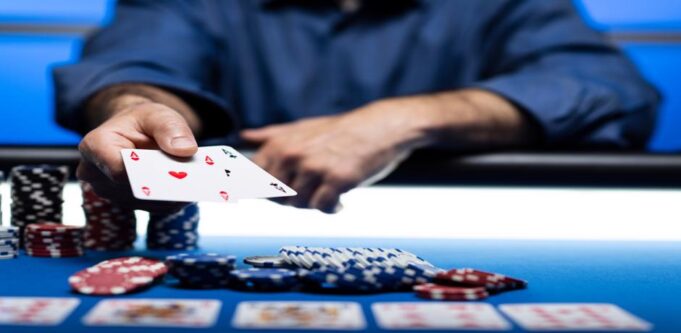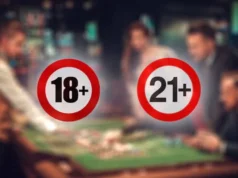When playing poker, it is important to be aware of the terminology used by players. This will allow you to follow the action and make informed decisions. Here are five terms that every poker player should know.
1. The Blinds
The blinds are forced bets that are made before the cards are dealt. The purpose of the blinds is to generate action and ensure that there is always something at stake in each hand. The blinds are typically small bets, and they rotate around the table so that everyone takes a turn paying them. The person who pays the small blind is also responsible for dealing the cards. The big blind is typically double the size of the small blind, and it is paid for by the person who is two seats to the left of the dealer.
The small and big blinds are often referred to as the “blinds” because they are paid before any cards are dealt, and thus the players who pay them are “blind” to what cards they will receive. The blinds play a vital role in poker by ensuring that there is always something at stake in each hand, and they also help to generate action.
2. Pot
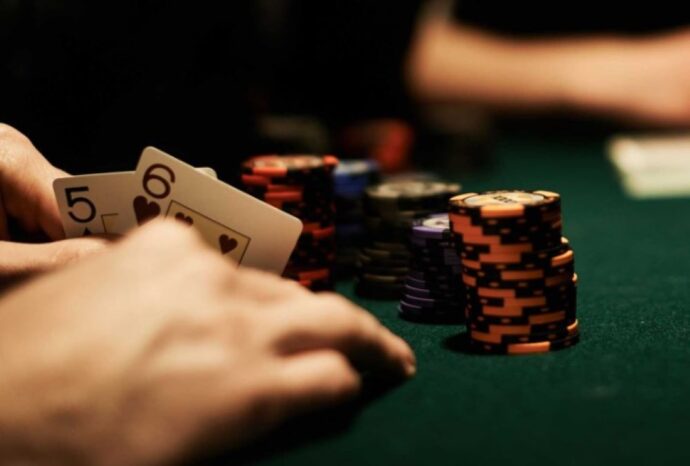
The pot is the total amount of money that has been bet during a hand. The size of the pot can vary greatly depending on the game being played, the stakes, and the number of players involved. A small pot might only contain a few dollars, while a large pot could easily reach hundreds or even thousands of dollars. Regardless of the size, the pot represents an important part of poker because it is the prize that all of the players are vying for.
The pot gives players an incentive to stay in the hand and try to win, even if they are not holding the best cards. In some cases, the size of the pot can also influence betting strategy. For example, a player might be more likely to bluff if there is a large pot at stake. Ultimately, the pot is a key part of poker that helps to keep the game exciting and engaging for all players.
3. Flop
In poker, the flop is the first three community cards that are dealt face-up in the middle of the table. These cards can be used by all of the players to make their hand. The flop is followed by a second betting round, after which the fourth community card, known as the turn, is dealt. The final community card, known as the river, is then dealt with.
The flop is an important part of the game, as it can give players a good idea of what hands they may be able to make. Therefore, it is important to pay attention to the flop and to understand how it can affect your hand.
4. Turn
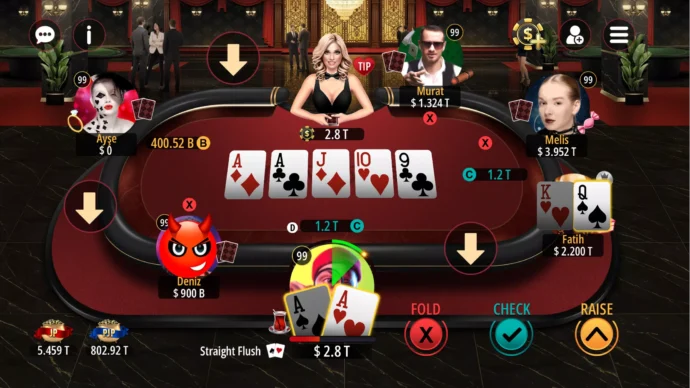
The turn is the fourth community card that is dealt face-up in the middle of the table. This card is dealt with after the flop and before the river. The turn provides each player with additional information that can be used to improve their hand. Players will often use the turn to make a draw or to bluff their opponents.
The turn can also be used to check and see if a player has made their hand. The turn is an important part of the game and can often be the deciding factor in who wins or loses the hand.
5. River
The river is the fifth and final community card that is dealt face-up in the middle of the table. This is followed by a round of betting. The river is also sometimes referred to as fifth street. The river is significant because it gives players a chance to complete their hands.
For example, if a player has four cards of the same suit, they need one more card of that suit to complete a flush. Similarly, if a player has four cards of consecutive rank, they need one more card of that rank to complete a straight.
The river can therefore be decisive in determining who wins and who loses a hand of poker.
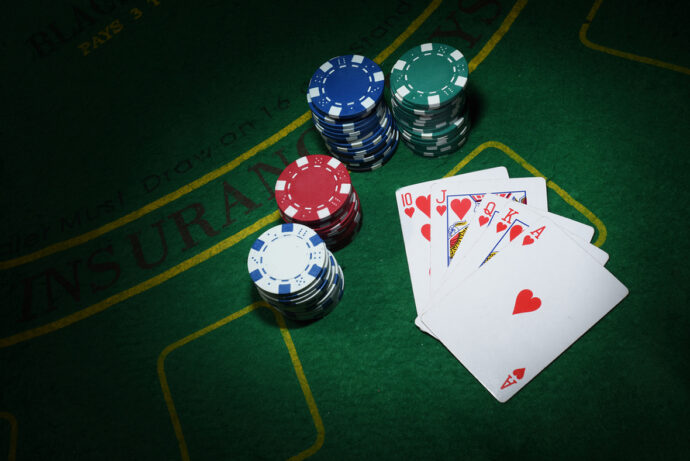
Conclusion
Poker is an exciting game that involves a variety of different elements. Blinds, the pot, the flop, the turn, and the river are all essential components of any poker game, and understanding how poker hands ranked. Understanding how these elements work together can help you become a better player and maximize your chances of winning.

